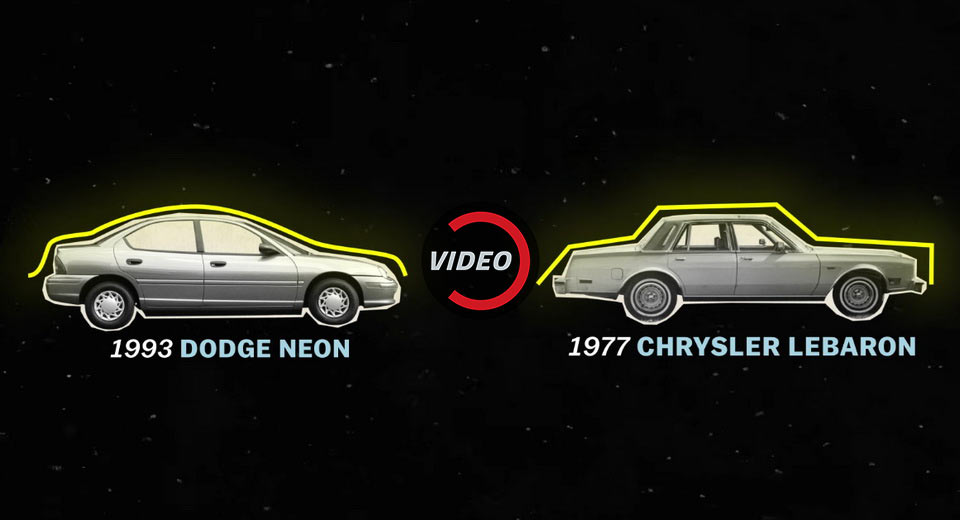If you’ve ever wondered why cars in the US suddenly went from a boxy design to something a lot sleeker in a relatively short amount of time, well, it seems it was more than just a trend.
Looking back all the way to the 1930s, you will come across streamlined designs such as the one of the Chrysler Airflow, a design that was meant to reduce wind resistance.
Yet, once the 50s and 60s came along, according to Vox, sleek cars simply stopped selling all that well in comparison to bigger and boxier models. Besides, with gas prices consistently going down, streamlining for fuel efficiency wasn’t really a concern anymore.
Now, since fuel prices in Europe were higher, European cars had more aerodynamic designs and luxury automakers such as Porsche, BMW, Mercedes-Benz and Audi were among the first to reintroduce curved exteriors in the 1960s and 70s. The US tried to follow, hoping to attract more upscale buyers, but they ended up under-performing in the mass-market ones and that delayed the return of US-built curvy exteriors until the 1986 Ford Taurus, a car that was a massive hit.
The rest, as they say, is history. But if you want a bottom line regarding why we still build curvy cars, well, it’s because of physics.



